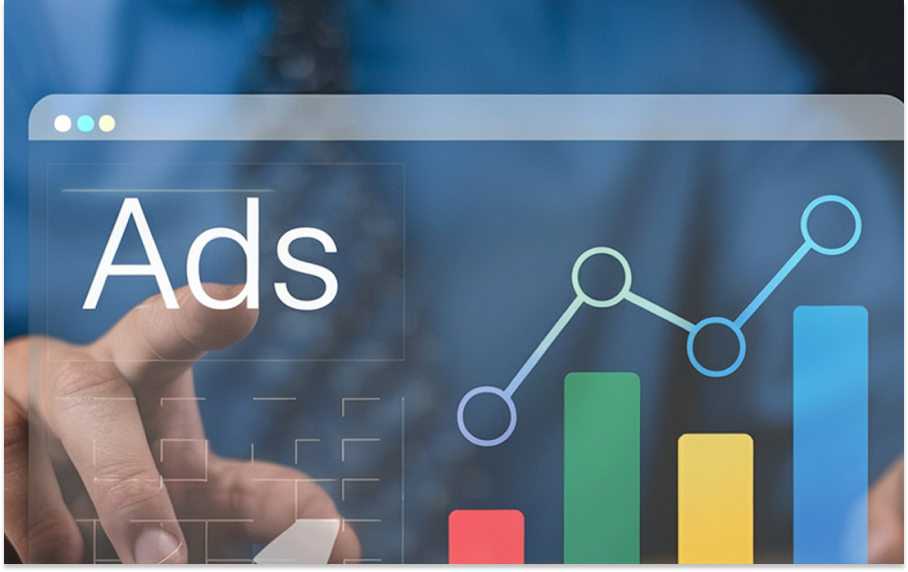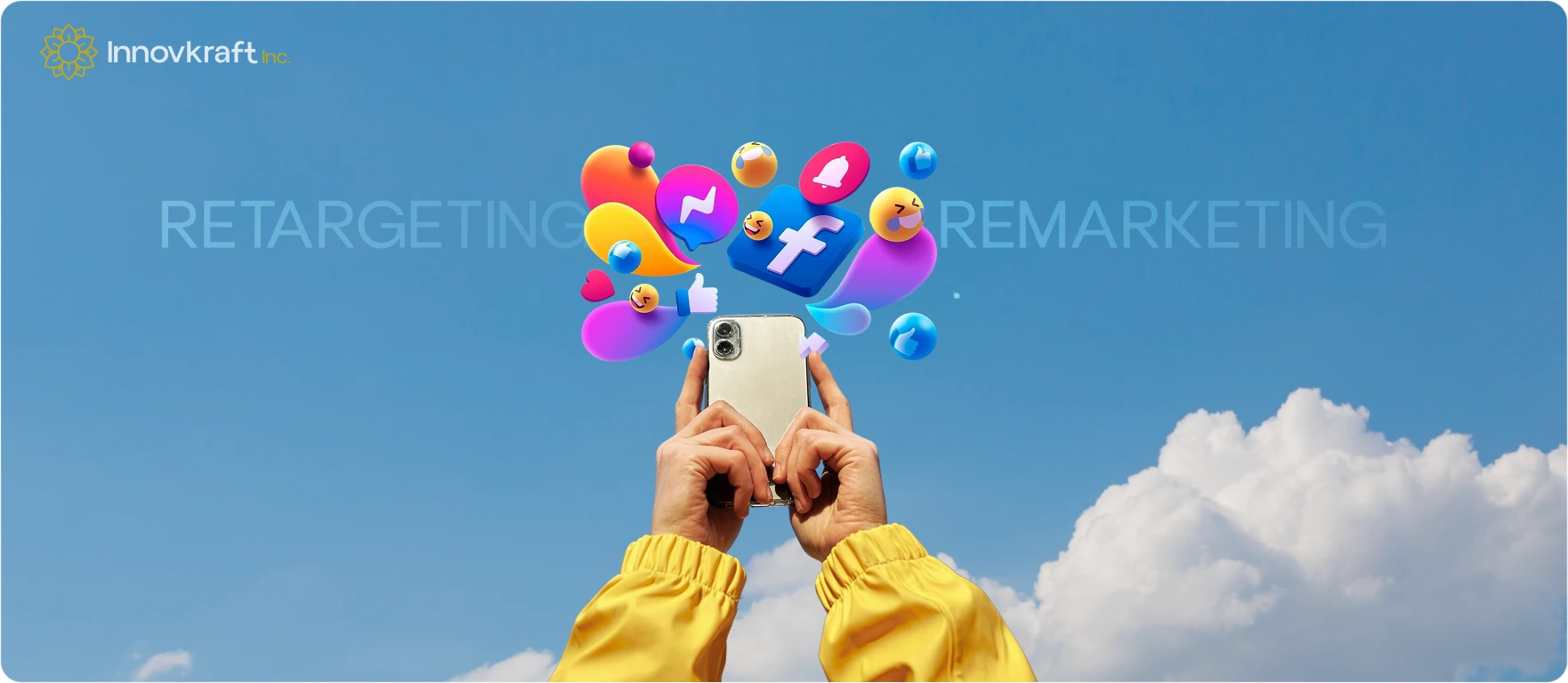

Retargeting vs Remarketing! Caught in the conundrum? Well, let’s decipher it for you.
You must have often wondered about how Facebook knows exactly what a buyer is looking for. Imagine this scenario, perhaps a customer would’ve searched for a pair of hiking shoes for a trek next week by visiting a brand’s website, and voila! A pair of hiking shoes just shows up as an ad on that individual’s Facebook the next time. How did this happen?
Do not make the mistake of assuming that Facebook is spying on the buyer’s personal life or is reading their mind. No, it’s not. The fact is, the buyer here is involuntarily part of a marketing campaign from the same shoe brand he/she had searched for. They have targeted the buyer through Facebook as part of their marketing campaign. This simply can be called Retargeting or Remarketing.

Yes, absolutely, there is. The difference between retargeting and remarketing lies in which way the message is delivered to the user.
Retargeting is a marketing tactic where a brand pushes an ad repeatedly to a customer who had previously interacted with the same brand without making a purchase. It’s more of a brand engaging strategy. For example, let’s assume that the individual visited the shoe brand’s website and added the shoe to the purchase cart. The only thing he/she did not do was to complete the purchase.
Retargeting uses browser cookies to track users across the internet and serve them with ads related to the products or services they had previously viewed on a website.
Remarketing, however, is more personalized. It is more about connecting with users who are already in your channels. Along with displaying ads, brands with a remarketing approach primarily send personalized emails directly to the potential buyer who had previously interacted with the website. The buyer here would’ve either added items to the cart, read a blog, or simply would’ve visited the brand’s website.
Apart from sending personalized emails and displaying ads to the potential buyer, remarketing may also include offering discounts on items that are already added to a cart, encouraging the buyer to complete the purchase.
In the main, the difference between retargeting and remarketing tactics is that while remarketing is more of a personalized and diverse approach that uses different platforms and tactics to re-engage past customers, retargeting exclusively is about online ad placements.
Retargeting as a strategy works best for businesses that have longer customer decision cycles or rely on repeat engagement to drive sales. For example, E-commerce brands benefit hugely because shoppers often browse products, add items to their cart, and sometimes leave without purchasing. Here, retargeting reminds them to come back and complete the checkout. In another instance, service-based companies, such as travel agencies or real estate firms, also gain because customers typically take time to research and compare before making a big decision.
Remarketing works best for businesses that already have a list of existing customers, subscribers, or leads, because it focuses on nurturing relationships and encouraging repeat engagement. Service-based businesses like gyms, spas, or online courses can benefit by sending personalized messages to past clients, encouraging renewals, bookings, or course sign-ups.
Even B2B companies can leverage remarketing to maintain touchpoints with prospects who have interacted via newsletters, whitepapers, or demos, keeping the brand top-of-mind until they’re ready to commit. Essentially, any business with an existing audience that can be engaged repeatedly is ideally suited for remarketing strategies.

Retargeting Vs Remarketing – Which One to Use?
Whether you should use retargeting or remarketing depends on your goals and how you want to re-engage your audience.
If your focus is on bringing back visitors who left your website without converting, retargeting is the way to go. It works by showing targeted ads through platforms like Google Display Network or social media to people who have already interacted with your site. This is perfect for e-commerce, apps, or service websites where you want to gently remind users of what they viewed and encourage them to return.
On the other hand, remarketing is best if you want to nurture existing leads or past customers. Apart from ads, remarketing often happens via email. You can think of cart abandonment reminders, special discounts, or follow-up offers. It helps build loyalty and drive repeat sales. To implement effective strategies like these, partner with Innovkraft one of the best digital marketing services in Bangalore


